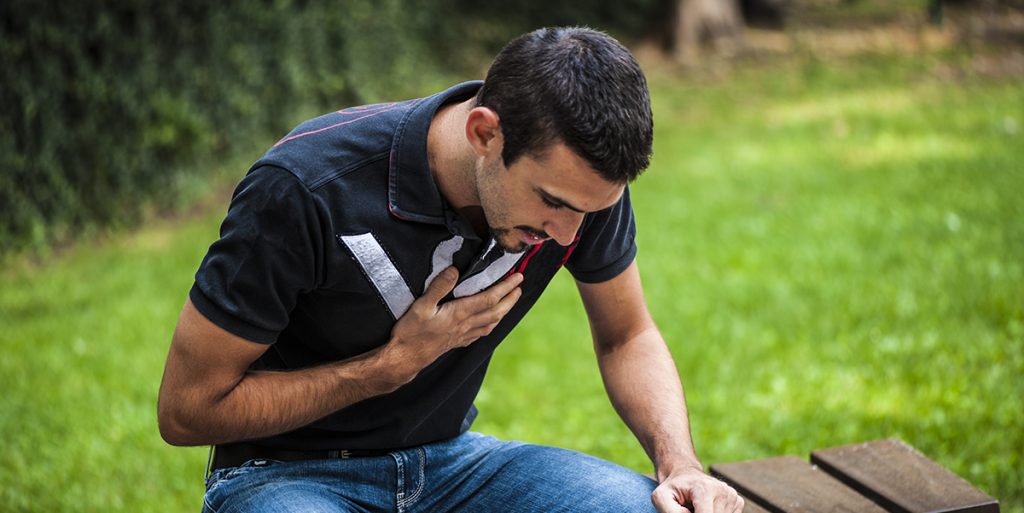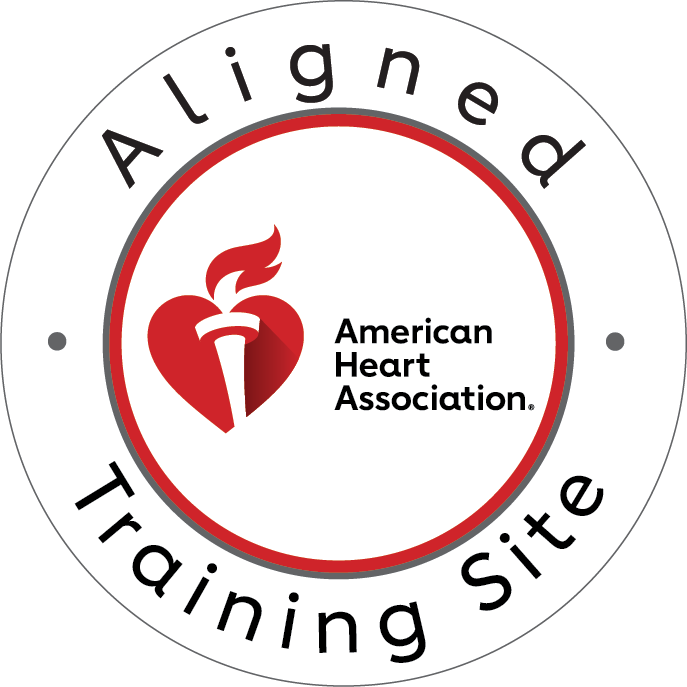It happens in an instant. A child’s laughter turns into a desperate gasp. A coworker’s casual conversation becomes a frantic struggle for air. In the blink of an eye, a routine day transforms into a life-or-death scenario. Severe airway obstruction doesn’t discriminate – it can strike anyone, anywhere, at any time. But here’s the chilling truth: most people wouldn’t recognize the signs until it’s too late.
Every year, thousands of lives are lost to choking incidents that could have been prevented with quick recognition and proper intervention. The difference between life and death often comes down to a matter of seconds and the knowledge of a single bystander. Could you be that lifesaver?
In this comprehensive guide, we’ll unmask the silent killer which is severe airway obstruction. You’ll learn to spot the subtle yet critical signs that someone’s life is in danger, understand why every second counts, and discover how you can equip yourself with the skills to save a life when it matters most.
Are you ready to transform from a helpless bystander into a confident lifesaver? Let’s dive in.
The Anatomy of a Crisis: Understanding Airway Obstruction
What is Airway Obstruction?
Airway obstruction occurs when something blocks the passage of air into or out of the lungs. This obstruction can be partial or complete, with the latter being immediately life-threatening. Common causes include:
- Food particles
- Small objects
- Swelling of the throat tissues
- Trauma to the airway
The Difference Between Mild and Severe Obstruction
Not all airway obstructions are created equal. Mild obstructions may cause discomfort but allow some air passage. Severe obstructions, however, are medical emergencies that require immediate intervention.
Red Flags: Recognizing the Signs of Severe Airway Obstruction
1. The Universal Choking Sign
One of the most recognizable signs of severe airway obstruction is the universal choking sign. A person experiencing severe choking will often:
- Clutch their throat with one or both hands
- Display a panicked expression
- Be unable to speak or make sounds
2. Inability to Breathe, Speak, or Cough Effectively
In cases of severe airway obstruction:
- The person cannot breathe or can only take shallow, ineffective breaths
- They are unable to speak or produce any sounds
- If they attempt to cough, it’s weak and ineffective
3. Rapid Change in Skin Color
As oxygen levels in the blood drop rapidly, you may observe:
- Initially, the face may become flushed or red
- Quickly progressing to a bluish tint (cyanosis) around the lips, fingertips, and skin
4. Loss of Consciousness
If the obstruction isn’t relieved:
- The person may become dizzy and disoriented
- They may collapse or lose consciousness within minutes
5. Absence of Chest Movement
In a severe airway obstruction:
- The chest may not rise and fall as it would during normal breathing
- You might observe the person making forceful attempts to breathe, with the chest and abdomen moving inward paradoxically
The Clock is Ticking: Why Immediate Action is Crucial
When it comes to severe airway obstruction, every second counts. Within 4-6 minutes without oxygen, brain cells begin to die. After 10 minutes, severe brain damage is likely. This is why recognizing the signs and taking immediate action is critical.
Be the Hero: What to Do in Case of Severe Airway Obstruction
- Confirm the obstruction: Ask, “Are you choking?” If they can’t respond verbally, assume they are.
- Call for help: Have someone call 911 immediately.
- Perform abdominal thrusts (Heimlich maneuver): Stand behind the person, wrap your arms around their waist, make a fist with one hand and grasp it with the other, then perform quick, upward thrusts into their abdomen.
- Continue until the object is expelled or the person becomes unconscious.
- If they lose consciousness, begin CPR if you’re trained to do so.
Empowerment Through Education: The Importance of BLS Training
Knowing how to recognize and respond to severe airway obstruction is a crucial life skill. But it’s just one piece of the puzzle. Basic Life Support (BLS) training equips you with a comprehensive set of skills to handle various medical emergencies, including:
- CPR for adults, children, and infants
- Use of an Automated External Defibrillator (AED)
- First aid for various injuries and medical conditions
By investing in BLS training, you’re not just learning skills – you’re gaining the confidence to act decisively in life-threatening situations.
Your Next Step: Become a Lifesaver
Imagine the peace of mind that comes with knowing you have the skills to save a life. Picture yourself confidently stepping forward to help when others are frozen in panic. This could be your reality with proper training.
Don’t wait for an emergency to wish you were prepared. Take action now and become the hero in your community. CPR Louisville offers comprehensive BLS certification Louisville courses that will equip you with the knowledge and skills to recognize and respond to severe airway obstruction and other life-threatening emergencies.
Ready to Make a Difference?
Take the first step towards becoming a lifesaver today. Sign up for a BLS certification Louisville course at CPR Louisville. Our stress-free, hands-on classes are led by experienced instructors who will ensure you’re fully prepared to handle any emergency.
For those looking to renew their skills, we also offer CPR certification in Louisville courses. Don’t let your life-saving abilities lapse – stay current and confident with our recertification programs.
Remember, in an emergency, knowledge is power, and seconds matter. Equip yourself with the skills to save a life. Contact CPR Louisville today and join the ranks of everyday heroes who are prepared to make a difference when it matters most. Whether you’re a healthcare professional or a concerned citizen, our BLS certification Louisville programs are designed to give you the confidence and competence to act decisively in critical situations.
Don’t delay – your BLS certification Louisville journey starts here. Be the one who knows what to do when every second counts.





